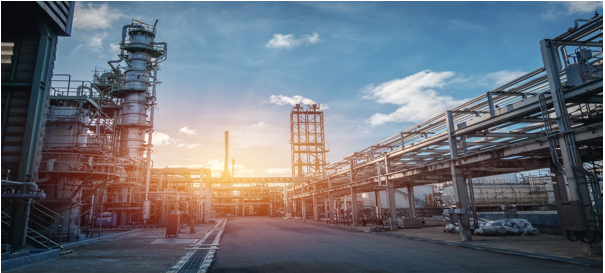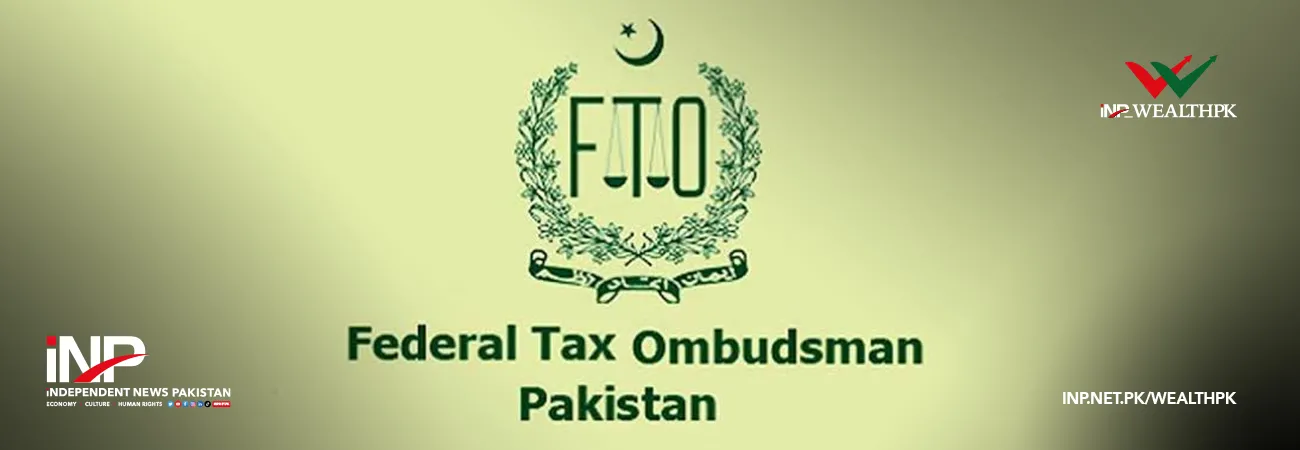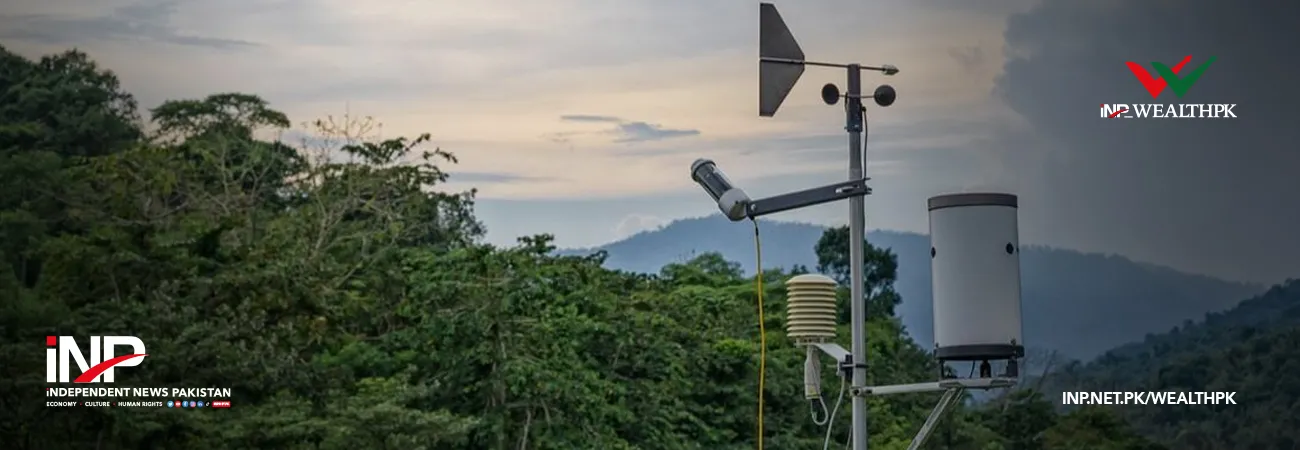INP-WealthPk
Moaaz Manzoor
Pakistan’s industrial sector staged a significant recovery in fiscal year 2024-25 after two consecutive years of contraction, supported by a rebound in construction activity, improved energy supply, and better fiscal and monetary coordination.

According to the State Bank of Pakistan’s Annual Report 2024-25, the industrial sector grew by 5.3 percent compared with a contraction of 1.2 percent in the previous year, mainly due to higher value addition in electricity, gas and water supply, and an increase in public development spending. The report said that the recovery in industry and services helped raise overall GDP growth to three percent in FY25, compared to 2.6 percent in FY24, despite a slowdown in agriculture.
The central bank observed that industrial activity benefited from a more stable macroeconomic environment and the easing of monetary policy that began in June 2024 after inflation started to fall sharply. The Monetary Policy Committee reduced the policy rate from 20.5 percent to 11 percent by January 2025, lowering the cost of borrowing for both public and private sectors.
The SBP said the improvement in external accounts, including a current account surplus for the first time in fourteen years, also created favorable conditions for industry by stabilizing the exchange rate and reducing uncertainty about foreign-exchange availability for raw-material imports.
Within the industrial sector, the electricity, gas and water supply segment registered the strongest performance as the government released higher subsidies and implemented measures to improve the operational efficiency of the power sector. A sizeable increase in development spending under the Public Sector Development Programme also supported construction activity.
Provincial development spending rose markedly during FY25 after remaining constrained for two years. The report said that public investment focused on infrastructure, transport, and urban services, helping to revive the construction supply chain. However, private construction remained subdued as elevated input costs and higher property taxes discouraged new housing projects.
Large-scale manufacturing (LSM) output declined slightly by 0.7 percent compared to a small increase of 0.9 percent in the previous year, but the report clarified that twelve out of twenty-two LSM subsectors recorded positive growth. The fall in aggregate LSM was mainly due to a sharp contraction in furniture manufacturing, which alone dragged overall LSM growth down by 1.6 percentage points. The SBP attributed the overall contraction to moderate domestic demand and high input costs resulting from earlier monetary tightening and fiscal consolidation.
However, the situation improved in the second half of the year as global demand picked up, energy prices eased, and the rupee remained stable. According to the report, major industries such as textiles, pharmaceuticals, petroleum products, and automobiles expanded during FY25, benefitting from reduced financial stress and improved market conditions. Textile exports, in particular, showed better performance as global demand recovered and firms invested in energy-efficient retrofitting to comply with international sustainability standards and lower production costs.
The report said that large textile firms’ efforts to modernize machinery and adopt renewable energy solutions helped them achieve both higher output and better pricing power in global markets. The pharmaceutical industry also recorded growth as supply-chain disruptions eased and domestic demand stabilized. Automobile production improved modestly on account of easier access to imported components and lower financing costs following the cut in policy rates.
The SBP’s analysis showed that despite the partial recovery, production in nearly half of the LSM subsectors had not yet returned to pre-pandemic levels of FY19. It noted that the lingering effects of high energy tariffs, supply-chain rigidities, and limited access to long-term financing continued to constrain industrial competitiveness. The report added that while exports of manufacturing goods rose, imports of industrial raw materials also increased due to the revival of output, causing a moderate widening of the trade deficit.
The central bank emphasized that sustaining industrial growth would depend on structural reforms, including improvements in energy pricing, logistics, and financial deepening. It pointed out that Pakistan’s low domestic savings and heavy reliance on bank financing for government borrowing continued to crowd out private-sector investment. The credit-to-GDP ratio remains among the lowest in peer economies, limiting industry’s ability to expand and innovate.
Nevertheless, private-sector credit grew by more than 12 percent during FY25 as lower interest rates and better liquidity conditions encouraged banks to lend. Working capital and fixed investment loans increased, particularly in textiles, food processing, and construction-related industries. The report noted that some of the increase in lending was also driven by banks’ desire to maintain an advance-to-deposit ratio above 50 percent to avoid additional taxation.
The SBP acknowledged that the reduction in the fiscal deficit and improvement in external balances had eased pressure on the financial system, creating space for private-sector growth. It also observed that the decline in inflation and stabilization of the exchange rate contributed to greater business confidence. The improvement in both consumer and business confidence indices, shown in the report’s charts, reflected that industries were gradually regaining optimism after several years of volatility.
The central bank advised that long-term sustainability of industrial recovery would require consistent power-sector reforms, technology upgrades, and diversification beyond traditional sectors. It suggested focusing on energy-efficient production, adoption of renewable sources, and integration of small and medium enterprises into industrial value chains. It also recommended encouraging investment in import-substituting industries such as petrochemicals and engineering goods to reduce external vulnerabilities.
The report concluded that the revival of industry during FY25 was a welcome development after two difficult years marked by supply disruptions and demand compression. However, it warned that Pakistan’s industrial base still faces deep-seated challenges, including low productivity, narrow export diversification, and heavy dependence on imported raw materials.
The State Bank said that addressing these issues through consistent policies and better coordination between fiscal, monetary, and industrial strategies was essential to sustain momentum. It stressed that with improved energy reforms, predictable taxation, and targeted credit support, Pakistan’s industrial sector could play a central role in achieving inclusive and sustained economic growth in the years ahead.
Credit: INP-WealthPk













